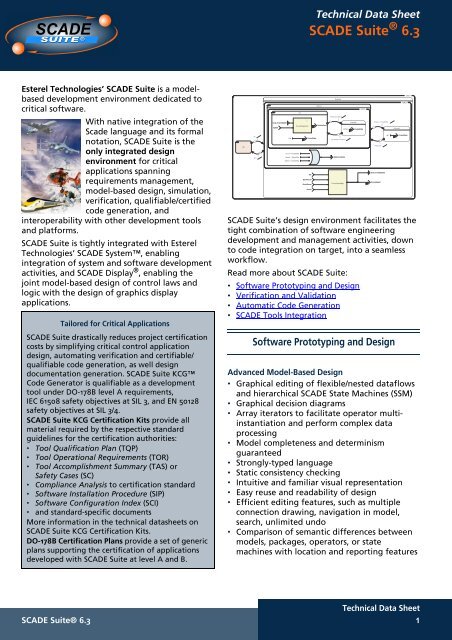

But while most tools recognize that and allow inserting some custom beginning of the file, they don’t allow to insert code in an arbitrary place in the file.īut, how about a tool that actually allows you to do your own physical design? How about turning the whole code generation process upside down?Ī tool like this would allow you to create and name directories and files instead of the tool imposing it on you. For example, a class definition might rely on many included header files. A typical tool would not allow me to do this.Īnd finally, all too often the automatically generated code is hard to integrate with other code, not created by the tool. h file at all? Actually, I often want to do this to achieve even better encapsulation. But what if I want to put class declaration in a file scope of a. For example, for generation of C/C++ code (which dominate real-time embedded programming), the beaten path is to generate. Second, most code generating tools impose a specific physical design (by physical design I mean partitioning of the code into directories, and files, such as header files and implementation files). I’m not a fan of this, because I think that in the long run such code generation is outright counterproductive. Well, the modeling tools have to assume this, because the generated code is hard to use “as-is” without modifications.įirst, the generated code might be simply incomplete, such as skeleton code with “TODO” comments generated from class diagrams. So, why modeling tools assume that the generated code will be edited manually? You don’t edit by hand the assembly code generated by the high-level language compiler. You don’t edit by hand the binary machine code generated by an assembler.
AUTOMATIC CODE GENERATION TOOLS SOFTWARE
This should not be so surprising, considering that no other code generation in software history has ever worked that way. Unfortunately, “round-trip engineering” simply does not work well enough in practice. The tool industry’s answer has been “round-trip engineering”, which is the idea of feeding the changes in the code back to the model. But this breaks the connection with the original model.


AUTOMATIC CODE GENERATION TOOLS MANUAL
Of course, many factors contribute to this, but one of the main reasons is that the generated code has simply too many shortcomings, which too often require manual “massaging” of the generated code. One of these things has always been “automatic code generation” from high-level models (e.g., from state machines).īut even though many tools on the market today support code generation, their widespread acceptance has grown rather slowly. Much ink has been spilled on the Next Big Thing in software development.


 0 kommentar(er)
0 kommentar(er)
